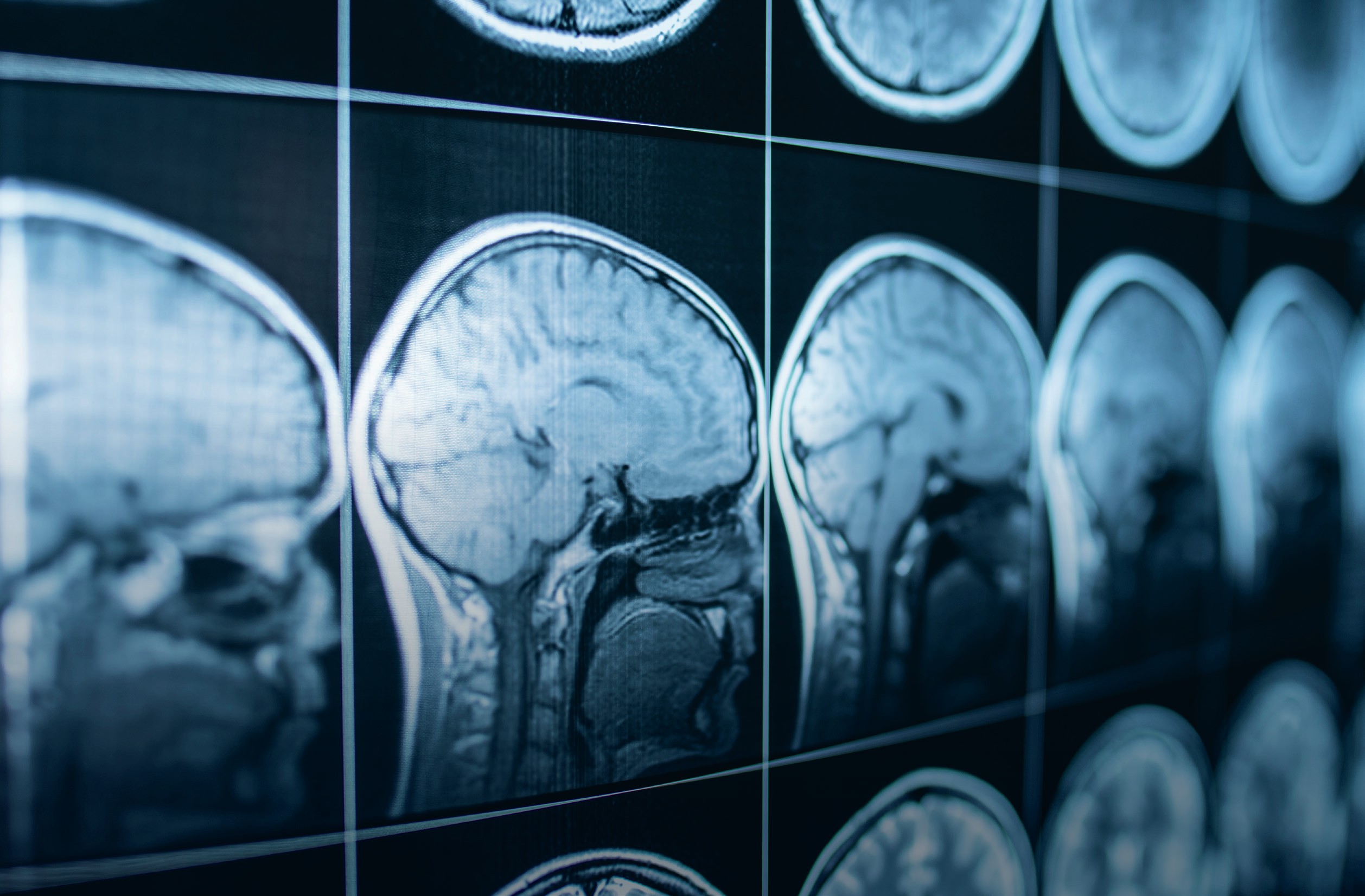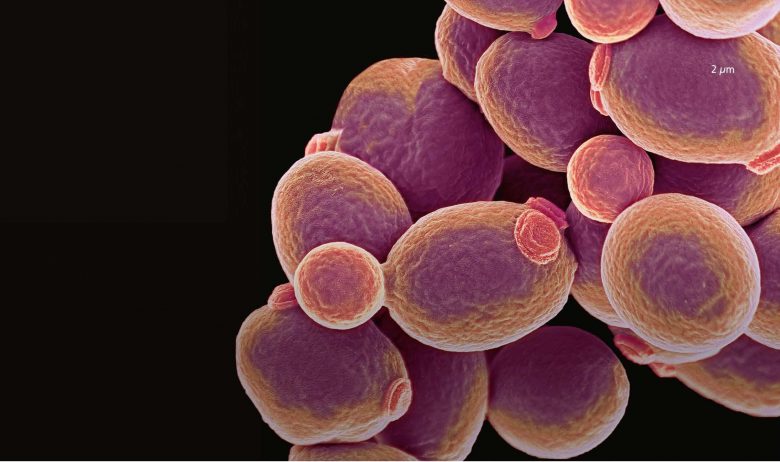
Understanding the complexities of the human brain is a huge challenge. Many research strategies are used by scientists to study the brain, all of which have advantages and disadvantages. In vivo work with humans and other animals is ethically and practically difficult.
Cell cultures in a dish have the benefit of being derived from human tissue, but these two-dimensional cultures are far more simple than real biological systems. In recent years, a new alternative has arisen – the brain organoid. These in vitro, stem-cell-derived, three-dimensional, miniature ‘organs’ have many characteristics of a developing brain and can also be used to model nervous system diseases such as Alzheimer’s and certain cancers (see Box 1).
Your organisation does not have access to this article.
Sign up today to give your students the edge they need to achieve their best grades with subject expertise
Subscribe




